
There are a plethora of revenue cycle management software present in the market. Therefore, it can be a daunting task for you to choose the perfect one. That is why we at SaaSworthy have put together a list of the top 9 revenue cycle management software in 2021. Read through the article to find out which revenue cycle management software best suits you.
Table of Contents
What exactly is revenue cycle management software?
Revenue cycle management software (RCM) is the financial powerhouse of hospitals, recording each billable patient encounter from scheduling to payment fulfillment. It combines the business and clinical sides of a healthcare practice by automating administrative chores. It also collects data from EHRs and other hospital information management systems and organizes existing RCM procedures.
What are the benefits of using revenue cycle management software?
The various benefits of adopting a revenue cycle management software are –
- Increases operational efficiency: Allows healthcare practices of all sizes to establish optimal systems for managing each stage of the revenue cycle.
- Ensures that you comply with federal laws: Uses the coding catalog to guarantee that medical codes are compliant and saves staff time on coding revisions.
- Keeps your finances in good shape: Tracks and investigates essential financial metrics to assess the organization’s financial health. Digs deeper to determine if there are any specific components of the payment procedure that are causing payment delays.
9 best revenue cycle management software in 2021
Here’s the list of the top 9 revenue cycle management software in 2021 –
1. Waystar

Waystar is a cloud-based revenue cycle management software for managing the revenue cycle of a healthcare business. Over 25,000 hospital groups and health clinics use Waystar, and Waystar is SaaSworthy’s top choice. They use it to track income from patients beginning with their first visit and continuing until their final amount is paid.
The various features of Waystar include –
- Waystar can be up and running quickly, increasing your productivity and finances, thanks to its ease-of-use and supplied training and demos.
- Waystar saves your workers’ time and money by recognizing under-coded or inaccurate claims, as codes and billing requirements change all the time.
- Waystar can automatically verify invoices and identify any outstanding payments, allowing you to streamline your cash collection.
- Waystar offers customers several payment alternatives and helps decrease debt by asking people with high deductibles to pay more beforehand.
The limitations of Waystar include –
- It does not integrate entirely with some other software.
- Editing claims can be a daunting task.
2. eClinicalWorks RCM
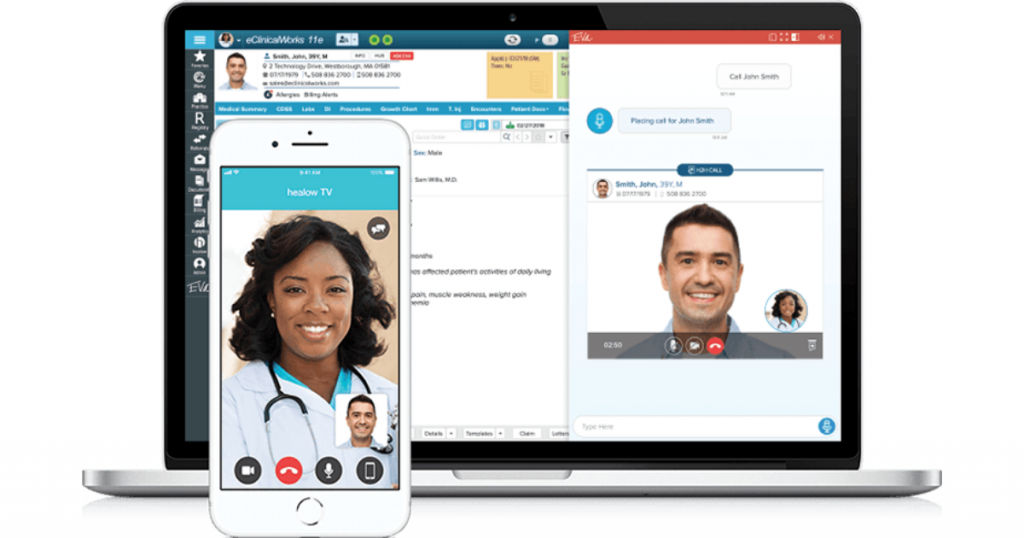
eClinicalWorks Revenue Cycle Management (RCM) software handles in-office billing, which may be a time, money, and resource drain for certain practices. Hospitals use eClinicalWorks to assist with activities such as scheduling, revenue management, and data analytics.
The various features of eClinicalWorks RCM include –
- eClinicalWorks offers hundreds of billing functionalities for RCM, such as credentials, insurance verification, and analytics.
- The virtual assistant “Eva” in eClinicalWorks RCM allows clinicians to check a patient’s flowsheet, progress notes, and account balance.
- Billing implementation services, insurance eligibility verification, patient billing, patient scheduling, and easy revenue cycle management are among its many features.
- Its professional billers manage back-office activities safely and accurately using the eClinicalWorks platform, thereby reducing the load on hospital employees.
The limitations of eClinicalWorks RCM are:
- There is no integrated payment processing application available.
- Services such as the patient portal are not updated regularly.
3. CareCloud Concierge

CareCloud Concierge is a comprehensive revenue cycle management software. It allows medical practices of all sizes to monitor, oversee, and enhance financial and administrative activities by optimizing operations. Its advanced RCM software and real-time statistics, along with professional back-office personnel, enable your practice to enhance profitability and minimize administrative hassles.
The various features of CareCloud Concierge include –
- It relieves you of the burden of collecting payments, thereby allowing you to concentrate on patients rather than collections.
- It informs you of the administrative, financial, and clinical performance with customizable graphs and charts to help make better decisions.
- It inspects claims for any mistakes that may result in payment rejections or delays and tracks payments using a central remittance repository.
- It provides access to a patient’s insurance information, such as copays, deductibles, and coinsurance, to avoid refusals and be paid faster.
The limitations of CareCloud Concierge are –
- Its billing services are not user-friendly.
- There is no compatibility with Android devices, and the tablet functionality is restricted.
4. Kareo Billing

Kareo Billing is a cloud-based revenue cycle management software for independent practices and healthcare providers. This software manages over 60 million secure patient records as of now. Various specialized clinics use this software to manage everyday operations like claims management, revenue management scheduling, billing, and payment.
The various features of Kareo Billing include –
- It tracks performance and revenue cycles to identify additional opportunities to generate business income and improve organizational financial performance.
- It gives users a broad overview of billing processes and alerts them to any overdue amounts or other relevant things.
- It bills costs immediately by entering the patient’s details and scans for coding mistakes to decrease objections and be paid quicker.
- It keeps track of all claims, checks their statuses, and ensures that they are paid fast. Claims can be sorted by the patient, provider, and date.
The limitations of Kareo Billing are –
- Essential information such as claims handled, claims due cannot be exported.
- It does not have a built-in time limit mechanism for filing insurance claims.
5. Allscripts PayerPath
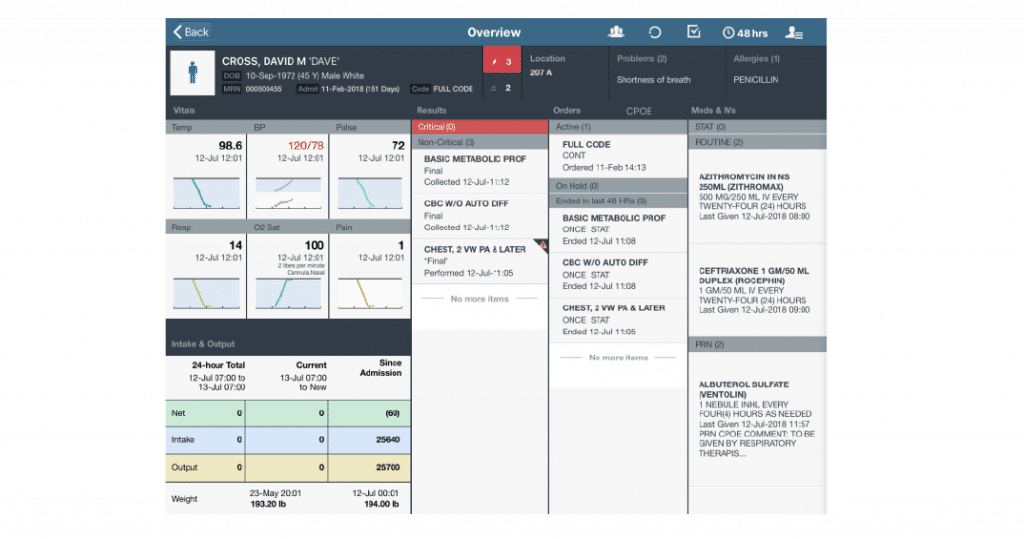
Allscripts Payerpath is a full-service revenue cycle management software for physician practices and big healthcare organizations. It is a web-based solution software that handles every stage of the reimbursement cycle. It improves operational efficiency and productivity by assisting you in managing claims, collections, scheduling, and rejections.
The various features of Allscripts PayerPath include –
- It connects planning, analytics, and revenue cycle operations to assist manage finances and revenue while improving process efficiency.
- With the patient’s approval, securely saves payment account data in order to automate and schedule payments according to predefined conditions.
- Patients can use the same site to pay bills, review payment plans, opt for automatic collection, manage wallets, and obtain electronic statements and estimates.
- It accurately forecasts patient expenditures by using real-time data on their insurance plans, eligibility, and payer fee trends.
The limitations of Allscripts PayerPath are –
- Its servers are unstable.
- It often glitches, freezing the screen and crashing the system in the process.
6. athenaCollector
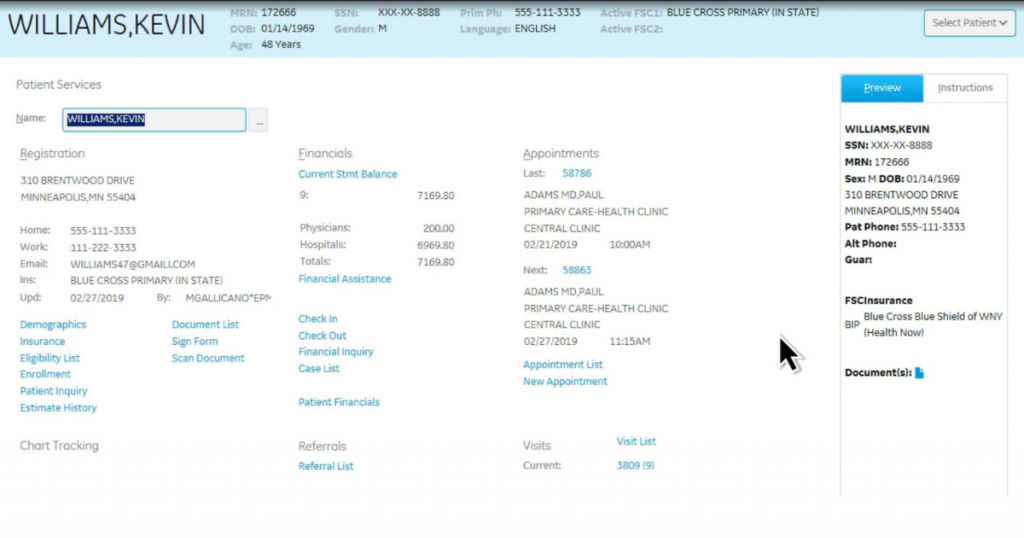
athenaCollector is a revenue cycle management software aimed to aid healthcare providers in managing their billing procedures and collecting money due accordingly. It aids with revenue cycles, claims administration, scheduling, and other tasks. It connects physicians while also providing clear insights on performance and other data points to over 120,000 providers.
The various features of athenaCollector include –
- Physicians can readily access revenue cycle activities and patient data from a single, consolidated dashboard without getting lost.
- It automatically validates a patient’s insurance status before their visit. Its constantly updated rules engine aids in the detection of mistakes in claims before they are submitted.
- With a first-pass acceptance rate of 95% for insurance claims, it helps guarantee that the whole amount owed is paid.
- It automatically resubmits denied claims to save time and avoid missing out on payments.
The limitations of athenaCollector are –
- There is a considerable delay in the customer service response time.
- It requires a steep learning curve.
7. TheraBill
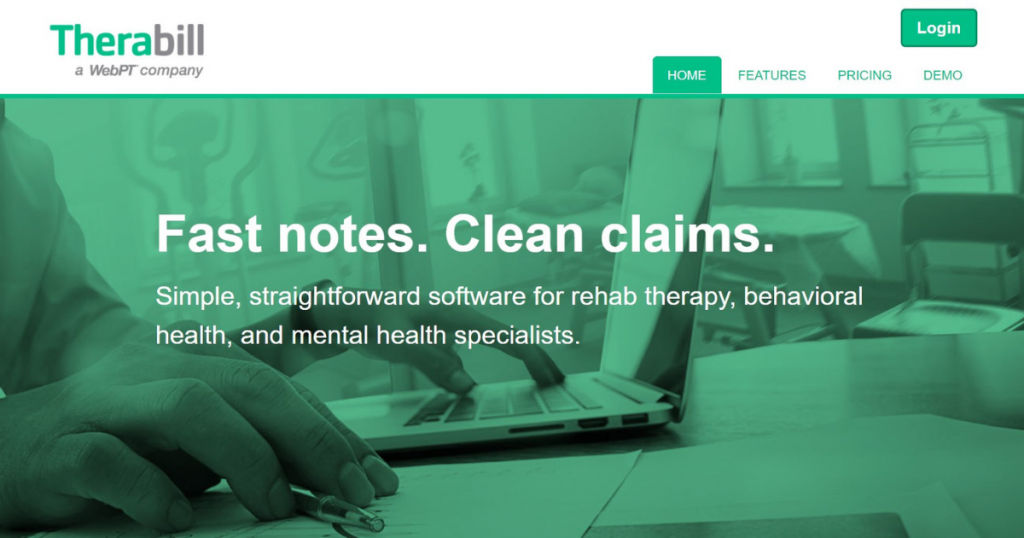
Therabill is a cloud-based revenue cycle management software that assists healthcare practitioners in increasing efficiency and managing operational elements such as scheduling, paperwork, and claims submission. It also ensures secure communication, integrated payment methods, patient invoicing, secure provider portals, and reports to help you save time and enhance your operations.
The various features of TheraBill include –
- It allows for quicker payments by utilizing claims management, electronic invoicing, and remittance.
- It produces detailed data on session balance, claim aging, and payments, which you can use to analyze revenue cycles.
- It generates invoices in a ledger or balance forms using configurable templates and branding and distributes them electronically to payers for paperless processing.
- It enables you to collect copays and have payers transfer payments immediately via an electronic claim form using a single-session payment entry form.
The limitations of TheraBill are –
- It does not have robust reporting and billing tools.
- Some people may find the user interface challenging to use.
8. DrChrono

DrChrono is a comprehensive, integrated revenue cycle management software for businesses ranging from reasonably small ambulatory clinics to major hospitals and corporations. DrChrono allows medical practices to handle patient intake, clinical charting, billing, treatment, and revenue cycle management.
The various features of DrChrono include –
- It provides real-time claim status updates and assistance with reimbursement, automated statement sending, denial assessment, and HCFA reporting.
- It manages your finances by authenticating insurance at the point of treatment, minimizing numerous data entry errors, and invoicing immediately.
- It provides robust integrated systems, such as the capacity to handle credit card processing with simple-to-understand video guides.
- Its other features include patient scheduling, insurance eligibility verification, patient data, patient billing, and patient reminders.
The limitations of DrChrono are –
- There are occasional lags and glitches in the software.
- It has a steep learning curve.
9. RXNT Practice Management
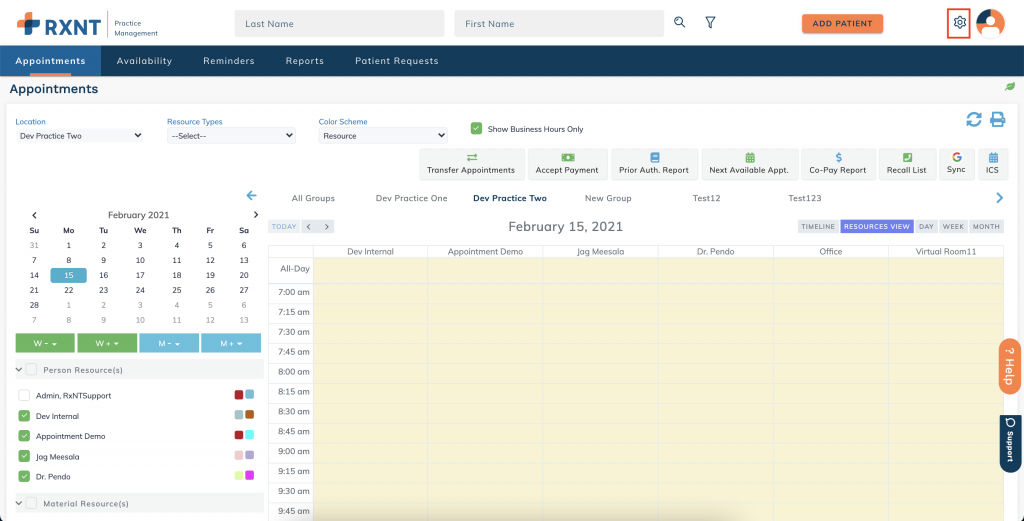
RXNT is a cloud-based healthcare service provider and revenue cycle management software. For physicians and medical billing professionals, it includes features such as practice management, health records, e-prescribing, patient interaction, and billing. RXNT has been named to Inc. Magazine’s list of the 5000 fastest-growing private businesses in America in 2019 and 2020.
The various features of RXNT Practice Management include –
- It simplifies the displaying and analyzing of data with a customizable medical billing system. In addition, the reports are detailed, flexible, and simple to edit.
- Its end-to-end claim tracking feature minimizes time spent on receivable payments and is linked with your workflow.
- Its claim tracking, notifications, scrubbing, and automated secondary claim filing features help enhance financial performance and encourage speedier payment.
- It includes claim monitoring, which discovers and removes billing code mistakes, resulting in fewer refused or rejected claims.
The limitations of RXNT Practice Management are –
- It becomes a bit sluggish after a few minutes of usage.
- The user interface is clumsy and lacks proper organization.
Conclusion
We hope this article provided you some insight regarding the various types of revenue cycle management software available in the market. As a result, you would now be able to choose a revenue cycle management software best tailored to your needs after weighing its pros and cons.
For more such articles on the list of the top software in each category, visit SaaSworthy Blog.






